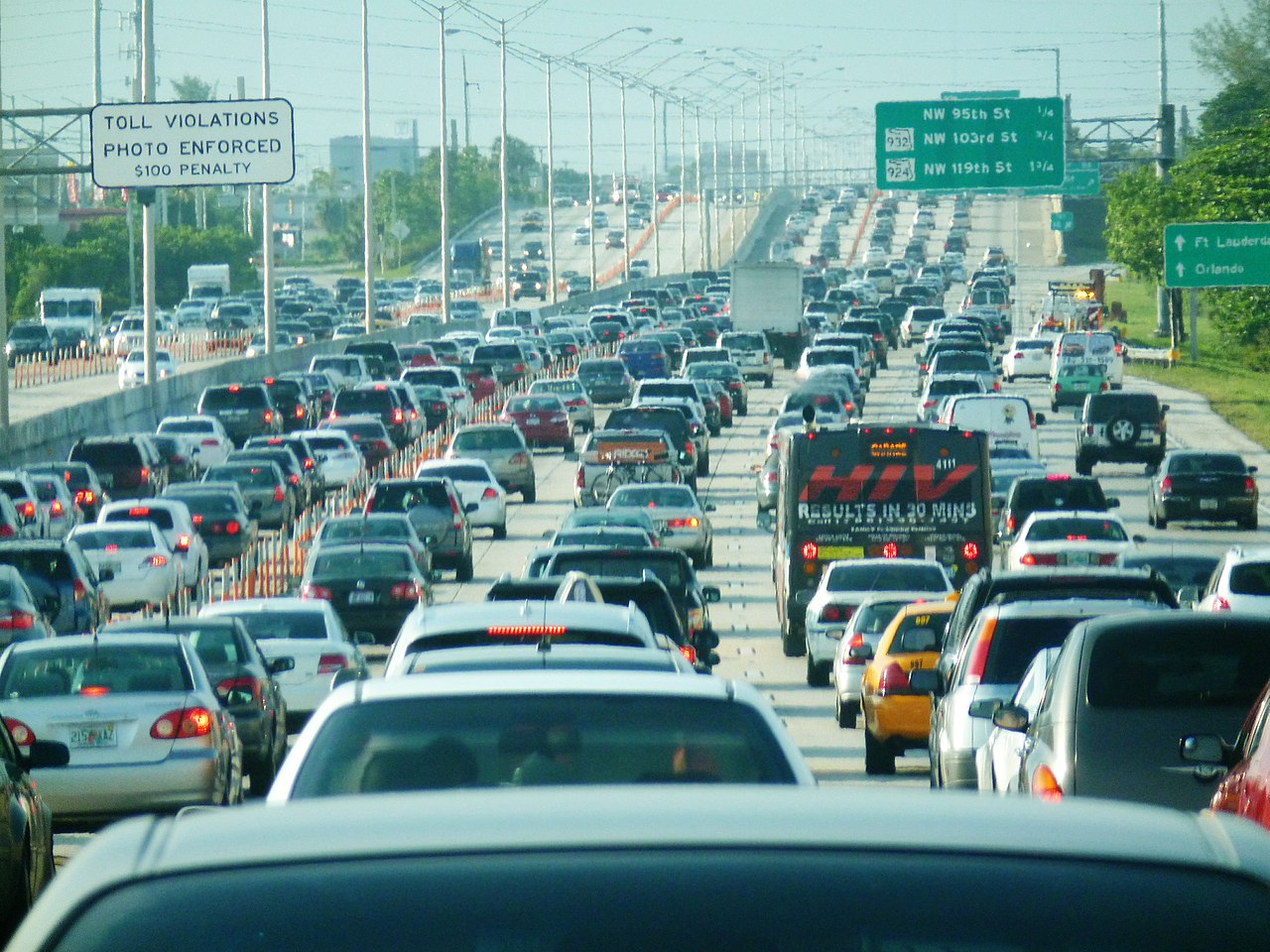
OK fine. Where d’you want to walk to?
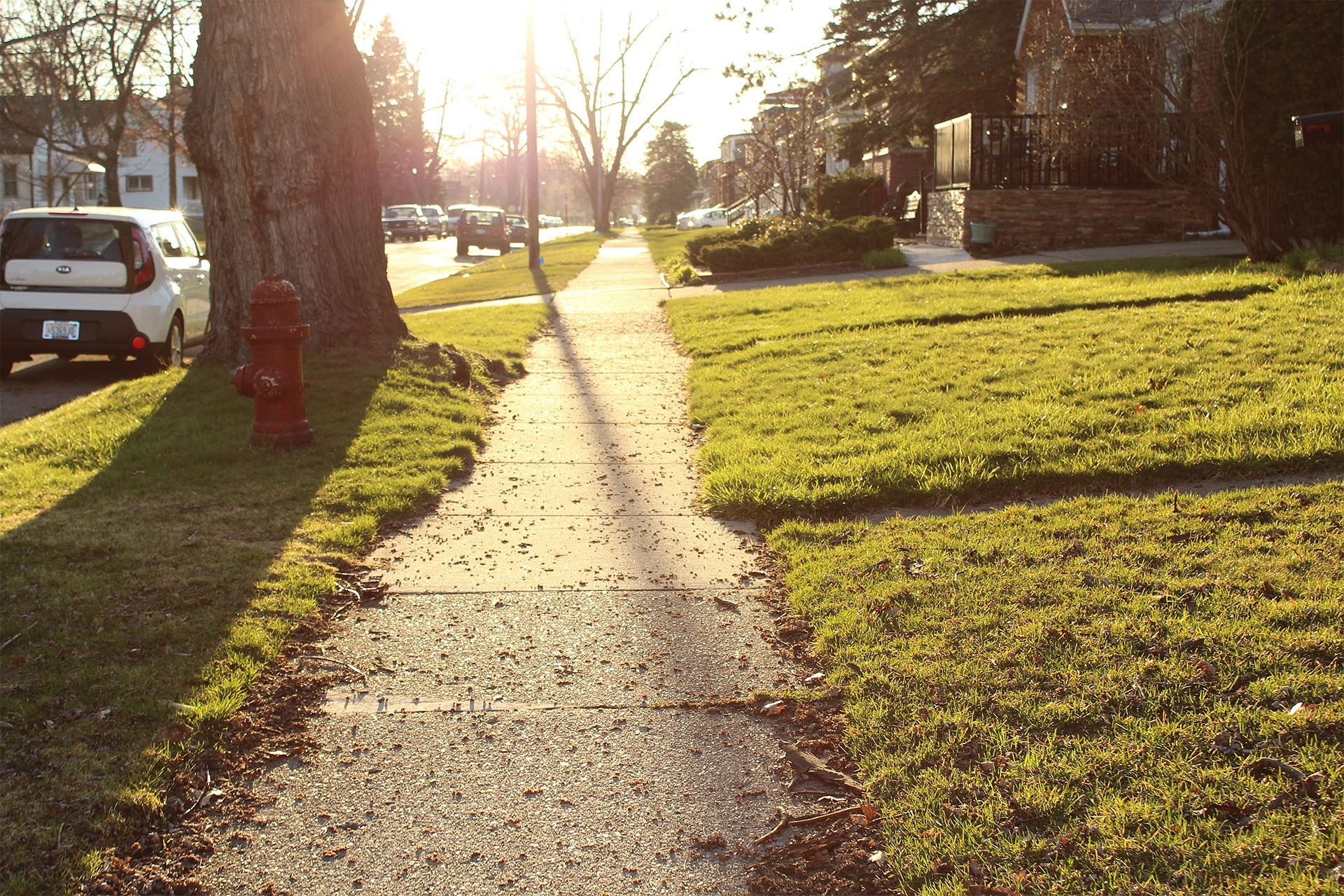
My wife and I spent the last few months of 2021 becoming significantly more familiar with southern Californian suburban real estate than I had ever wished to be. For reasons that had presumably made sense at some point, we’d decided it was finally time to make the leap into the world of home-ownership, and to help us get there we retained the services of a local realtor recommended to us by a friend.
It quickly became clear that said realtor and I had grown up on different planets – she in the characterless, manicured neighborhoods where LA County meets Orange County, and me in… well, the opposite of that. The string of properties she took us to see gradually led us to the realization that no amount of protest on our part was going to disabuse her of the assumption that the former are the kinds of places to which middle class couples shuffling into middle age should aspire.
I don’t ask for much when it comes to living arrangements, but one thing I do ask for is a neighborhood that lends itself to getting out and about on foot. After around two months of our realtor roundly failing to grasp this concept, eventually – with an eye-roll so magnificent it seemed almost certain we were about to be fired as her clients – she capitulated. “OK fine,” she snapped. “Where d’you want to walk to?”
The question left me somewhat bewildered – partly, I realized, because I didn’t quite know how to answer it. I’d never had to explain the idea of wanting to live in a walkable neighborhood before. There are plenty of obvious answers, of course: shops, restaurants, parks, somewhere to exercise my anxiety-ridden dog without him losing his already jumbled mind amid the thunder of internal combustion engines. But it’s not easy to articulate to someone who doesn’t intuitively “get” the notion of “walking for walking’s sake” the desire to be able to leave the house and just, well… walk.
Thing is though, plenty of people do get it. “Walkability” has become such a valued neighborhood trait that many realtors (our own notwithstanding) see a neighborhood’s high Walk Score as something to advertise to prospective homeowners. And the last couple of years in particular have highlighted that they have good reason to do so. According to an analysis of Google search trends by the nonprofit America Walks, the 2020 lockdowns saw an uptick in web searches for things like “walking paths near me,” “parks near me” and similar phrases, illuminating not just the extent to which people want to get out and about on foot, but also the fact that in many cases their opportunities to do so are limited.
Large parts of America just aren’t designed for it. In many cities, the old, walkable neighborhoods of the pre-automobile age have been bulldozed and replaced with suburbs designed on the assumption that any trip beyond one’s own white picket fence will be made by car. With transportation spending overwhelmingly skewed toward highways, communities often lack the necessary infrastructure to make walking a viable option, let alone an enjoyable one, and for many urban residents, getting out to hiking trails, or even just parks, requires a sometimes lengthy car ride.
Even if you’re not someone who gets the “walking for walking’s sake” thing, research shows that enabling people to travel without a car brings objective benefits for our health and the health of our communities. People who walk or bike to work are happier with their commutes and report higher levels of wellbeing than when commuting by car. They’re also healthier: less likely to have high blood pressure and at lower risk of obesity and cardiovascular disease than car commuters. Easy access to green spaces brings major benefits for our mental health – and as far as air pollution and climate emissions are concerned, the urgency of reducing the number of cars on the roads hardly needs any further explanation.
Ending the dominance of the motor car on America’s streets will require a whole raft of interlinked policy measures, from incentivizing compact residential and commercial development and creating neighborhoods where homes, jobs and recreational opportunities exist in close proximity, to investing properly in infrastructure to improve the safety and quality of self-powered modes of travel. In short, these modes need to be the cheapest, easiest, most accessible, most enjoyable and safest options available. At present, in many parts of America, they are none of these things. But they can be.
Indeed, such changes no longer seem quite as far out of reach as they might have just a few years ago. Throughout the pandemic, many cities and neighborhoods – in the U.S. and in many other countries across the world – have experimented with repurposing street space for walking, biking and community activity, and with more funding available today than ever before to invest in active modes of transportation, the door is now wide open for others to follow their lead.
Incidentally, if what I said earlier about our realtor sounds harsh, I don’t mean it to be. She did eventually help us find a place that ticked the relevant boxes – and besides, she and I disagree so fundamentally on literally everything that it’s an absolute hoot spending time with her. We’ll be inviting her around for dinner when we get settled. Maybe even take her out for a walk.
Topics
Authors
James Horrox
Policy Analyst, Frontier Group
James Horrox is a policy analyst at Frontier Group, based in Los Angeles. He holds a BA and PhD in politics and has taught at Manchester University, the University of Salford and the Open University in his native UK. He has worked as a freelance academic editor for more than a decade, and before joining Frontier Group in 2019 he spent two years as a prospect researcher in the Public Interest Network's LA office. His writing has been published in various media outlets, books, journals and reference works.
Find Out More
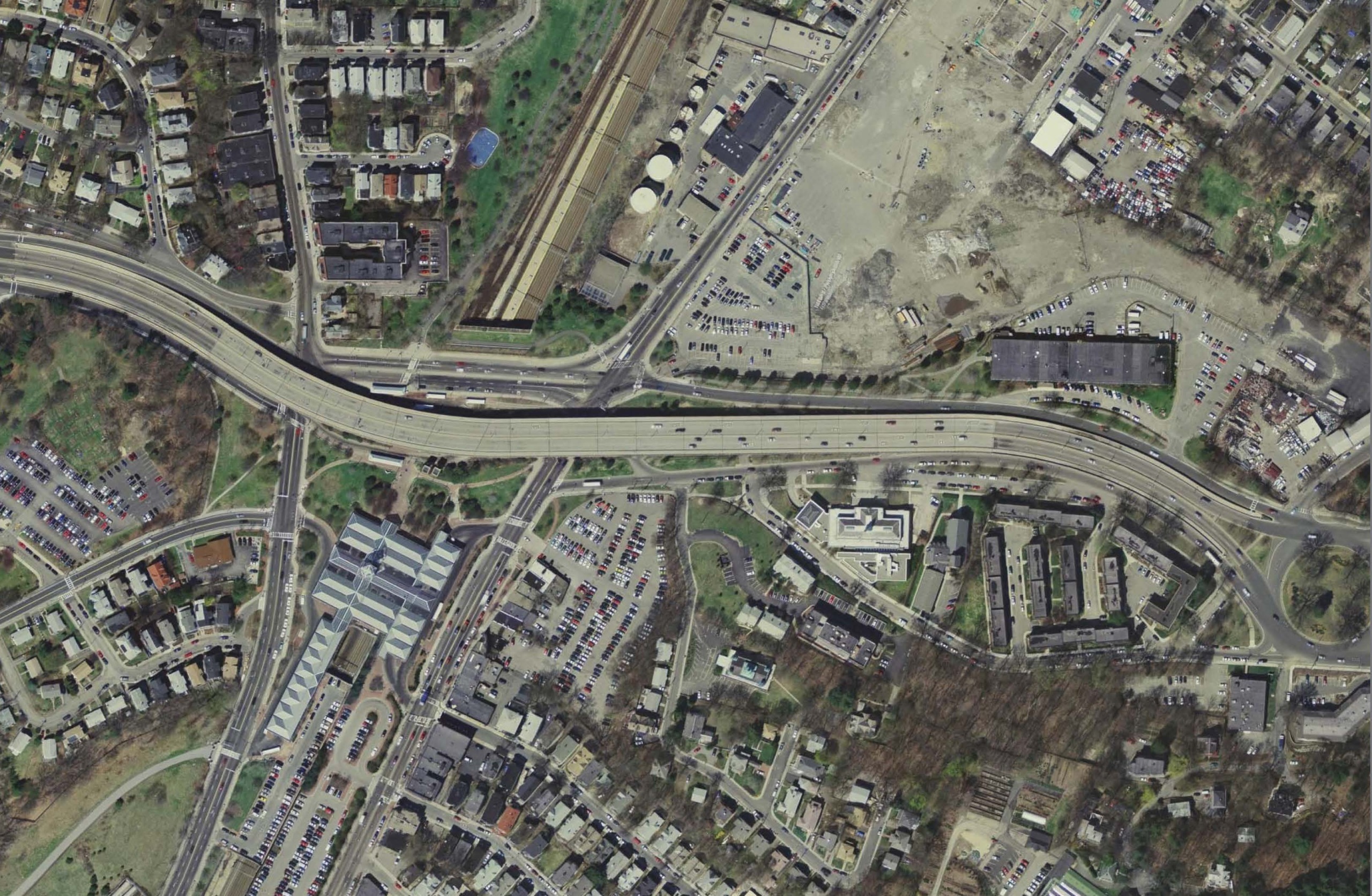
Four ways to look at a project (or policy, or almost anything)
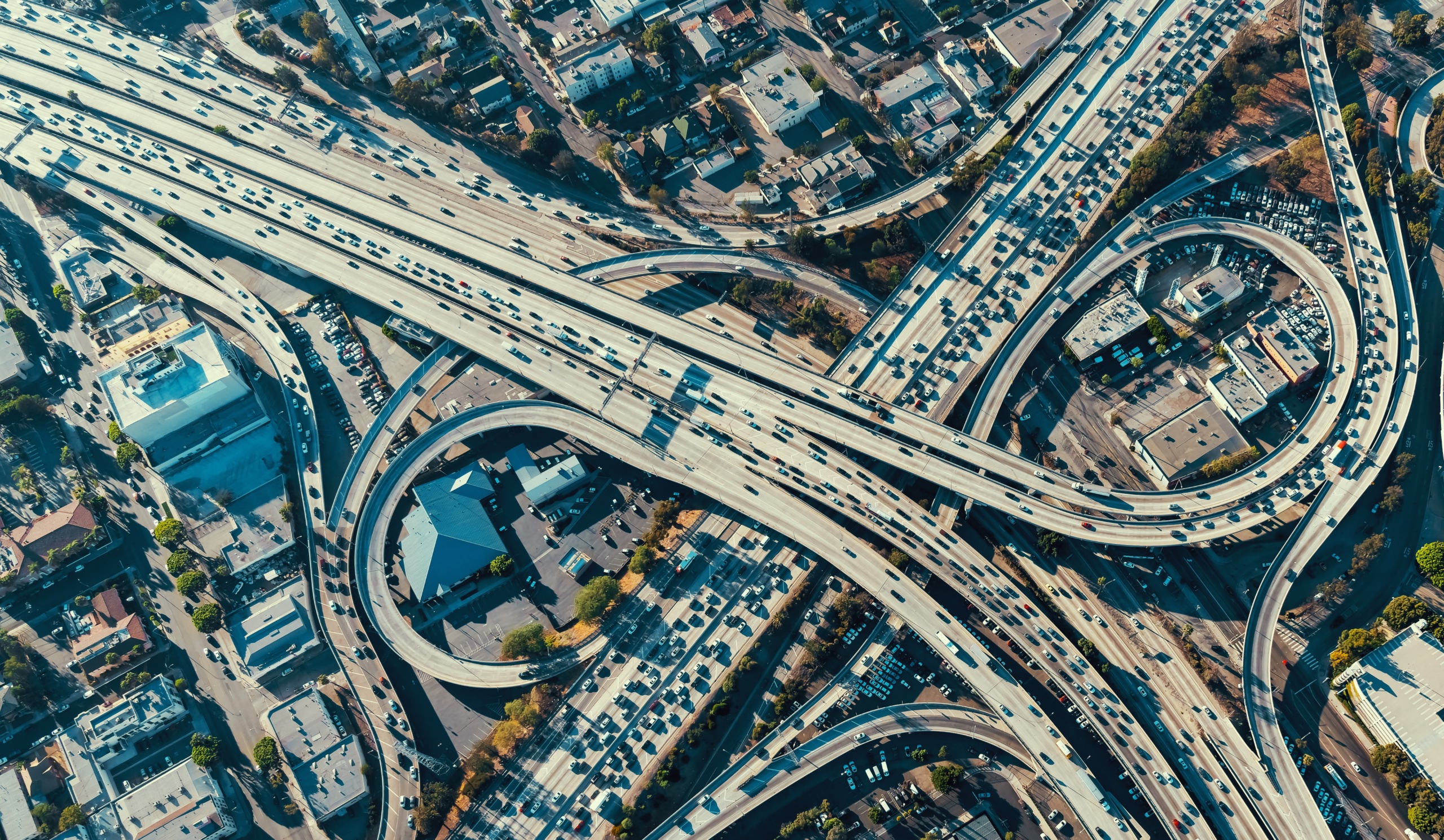
America needs a “roads review”
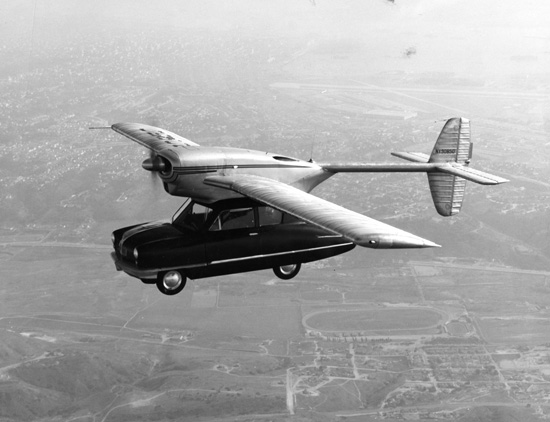
Where’s my flying car? Who cares?
